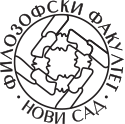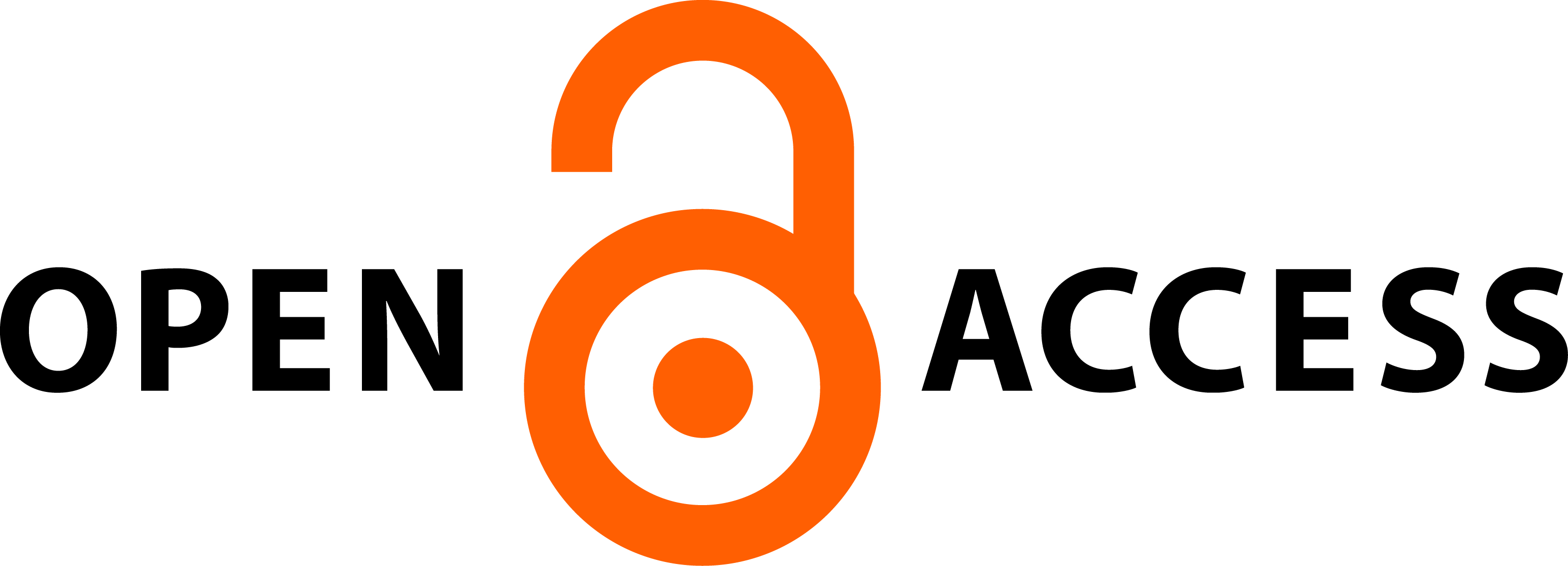HATALOM, NYELV ÉS POLITIKAI KOMMUNIKÁCIÓ
Absztrakt
A tanulmány a nyelv hatalmi és politikai funkcióit ismerteti. Két fő területet vizsgál: a politika és a kommunikáció kapcsolatát, valamint a propagandát. A munka fókuszában a politikai kommunikáció legfontosabb eszközei, a meggyőzés és manipuláció állnak. A köznapi diskurzusok célja is a beszédpartner befolyásolása, miközben szükség esetén használjuk a meggyőzés és manipuláció eszköztárát. A meggyőzés során a logika és az észérvek kerülnek előtérbe, ahol a meggyőzés sikerességéhez a célszemély aktív közreműködése is szükséges. Parret (1994) szerint – Árvaival (2003) ellentétben, aki a manipulációt és a meggyőzést a befolyásolás kategóriájába sorolja – a manipuláció szándékos és tudatos manipulációs cselekedet, ami a felbujtás szándékát is magában foglalja. A propaganda könnyebb értelmezhetősége céljából a tanulmány ismerteti Chomsky és Herman (1988) politikaipropaganda-modelljét, a propaganda történetéről, valamint a hatalmi propaganda eszközeiről és hatásairól is szól. A tanulmány arra is keresi a választ, hogy mi teszi a kommunikációt politikaivá, és hogy milyen megközelítései vannak a politikai kommunikációnak.
Hivatkozások
Antonić, Slobodan. 2007. Srbi i „Evro-Srbiˮ (rasprave o naciji i politici). Beograd: Čigoja.
Aronson, Eliot. [1972] 1987. A társas lény. Budapest: Közgazdasági és Jogi Könyvkiadó. (3. kiadás)
Aronson, Eliot–Pratkanis, Anthony. 1992. Age of Propaganda. New York: W. H. Freeman and Company.
Árvay Anett. 2003. A manipuláció és meggyőzés pragmatikája a magyar reklámszövegekben. In Általános Nyelvészeti Tanulmányok XX., szerk. Németh T. Enikő–Bibok Károly. 11–35. Budapest: Akadémiai Kiadó.
Bajomi-Lázár Péter–Horváth Dorka. 2015. A propaganda mint rítus a mai Magyarországon. Replika (6): 79–96.
Bańczerowski, Janusz. 1997. A nyelvi közlés rejtett pragmatikai funkcióiról. Magyar Nyelvőr 121 (1): 190–203.
Bártházi Eszter. 2008. Manipuláció, valamint manipulációra alkalmas nyelvhasználati eszközök a sajtóreklámokban. Magyar Nyelv 104 (4): 443–463.
Bernays, Edward L. [1928] 2005. Propaganda. New York: IG Publishing. Breton, Philippe. 2000. A manipulált beszéd. Budapest: Helikon Kiadó.
Brown, James. 1963. Techniques of Persuasion: From Propaganda to Brainwashing. Harmondsworth: Penguin Books.
Brown, James A. C. 1971. Techniques of Persuasion: From Propaganda to Brainwashing. Harmondsworth: Penguin Books.
Carey, James W. 1992. Communication as Culture: Essays on Modernity and Society. New York–London: Routledge.
Chomsky, Noam–Herman, Edward. 2016 [1988]. Az Egyetértés-gépezet – A tömegmédia politikai gazdaságtana. Budapest: L’Harmattan.
Csányi Vilmos. 1999. Biológiai determináció és agresszió. Educatio 8 (4): 677–694. Csepeli György. 1997. Szociálpszichológia. Budapest: Osiris Kiadó.
Csepeli György. 2013. A hatalom anatómiája. In A politikai kommunikáció. 178–197. Budapest: Kossuth Kiadó.
Domonkosi Ágnes. 2008. A nyelvi agresszió szerepe a személyközi viszonylatokban. In Az agressziókutatásról interdiszciplináris keretben, szerk. Zimányi Árpád. 51–59. Eger: Eszterházy Károly Főiskola Líceum Kiadó.
Ellul, Jacques. 1973 [1965]. Propaganda The Formation Of Men’s Attitudes. New York: Vintage Book Edition.
Gáll János. 1982. A politikai propaganda funkcióiról. Korunk 41 (3): 161–165. Harré, Rom. 1997. Meggyőzés és manipulálás. In Nyelv – Kommunikáció – Cselekvés, szerk. Pléh Csaba–Síklaki István–Terestyéni Tamás. 627–641. Budapest: Osiris.
Jowett, G. S.–O’Donnell, V. 2012. Propaganda and Persuasion (5th ed.). London: Sage.
Kamalipour, Yahya R.–Snow, Nancy (eds). 2004. War, Media, and Propaganda. Oxford: Rowman & Littlefield.
Kegyesné Szekeres Erika. 2008. Verbális agresszió és nemi sztereotípiák. In Az agressziókutatásról interdiszciplináris keretben, szerk. Zimányi Árpád. 59–88. Eger: Eszterházy Károly Főiskola Líceum Kiadó.
Kiss Balázs. 2006. Missziótól marketingig: Fejezetek a propaganda elmélettörténetéből. Médiakutató 7 (1): 7–20.
Kiss Balázs. 2016. Esemény, hálózat, szemiózis: A politikai kommunikáció történetének megírhatóságáról. Politikatudományi Szemle 25 (1): 10–28.
Klaehn, Jeffery–Mullen, Andrew. 2010. The Herman–Chomsky Propaganda Model: A Critical Approach to Analysing Mass Media Behaviour. Sociology Compass 4 (4): 215–229.
Klemperer, Viktor. 1984. A Harmadik Birodalom nyelve. Budapest: Tömegkommunikációs Kutatóközpont.
Lasswell, Harold D. [1928] 1938. Propaganda Technique in the World War. New York: Peter Smith.
Lippman, Walter. 2007 [1922]. South Dakota: NuVision Publications. LLC.
MacDonald, David Bruce. 2002. Balkan holocausts? Serbian and Croatian victim-centred propaganda and the war in Yugoslavia. Manchester–New York: University Press.
Marshall, David P. 1997. Celebrity and Power. Fame in Contemporary Culture. Minneapolis: University of Minnesota Press.
Marshall B. Rosenberg. 2001. A szavak ablakok vagy falak – erőszakmentes kommunikáció. Budapest: Agykontroll Kft.
Orwell, George. 2006 [1946]. Politika és az angol nyelv. Peterborough: Broadview Press.
Parret, Herman. 1994. Indirection, manipulation and seduction in discourse. In Pretending to communicate, szerk. Herman Parret. 223–238. Berlin: de Gruyter.
Pedro, Joan. 2011. The Propaganda Model in the Early 21st Century. International Journal of Communication 5. 1865–1905.
Petty, Richard E.–Cacioppo, John. T.–Goldman, Rachel. 1981. Personal involvement as a determinant of argument-based persuasion. Journal of Personality and Social Psychology 41 (5): 847–855.
Polyák Gábor. 2018. A propaganda visszaszorításának intézményi-szabályozási keretei. In Aszimmetrikus kommunikáció – Aszimmetrikus viszonyok, szerk. Dombi Judit– Farkas Judit–Gúti Erika. 266–288. Bicske: SZAK Kiadó.
Sierra, Francisco–Vázquez, Miguel szerk. 2006. La construcción del consenso: Revisitando el modelo de propaganda de Noam Chomsky y Edward S. Herman [The construction of consensus. Revisiting the propaganda model of Noam Chosmky and Edward S. Herman.]. Madrid: Siranda.
Síklaki István. 1994. A meggyőzés pszichológiája. Budapest: Scientia Humana. Sparks, Colin. 2007. Globalization, Development and the Mass Media London: Sage. Street, John. 2001. Mass Media, Politics and Democracy. Houndmills: Palgrave Macmillan.
Taylor, Philip M. 2003. Munitions of the Mind: A History of Propaganda from the Ancient World to the Present Day. Manchester: Manchester University Press.
Van Dijk, Teun A. 2006. Discourse and manipulation. Discourse & Society 17 (2): 359–383.
Vass Csaba. 2005. Hatalom, szakralitás, kommunikáció: Kommunikáció- és médiaelméleti tanulmányok. Budapest: Kölcsey Intézet. http://vmek.oszk.hu/04800/04857/04857. pdf (2018. okt. 11.)
Zentai István–Tóth Orsolya. 1999. A meggyőzés csapdái. Budapest: Typotex.








